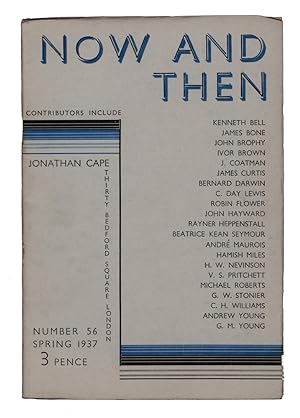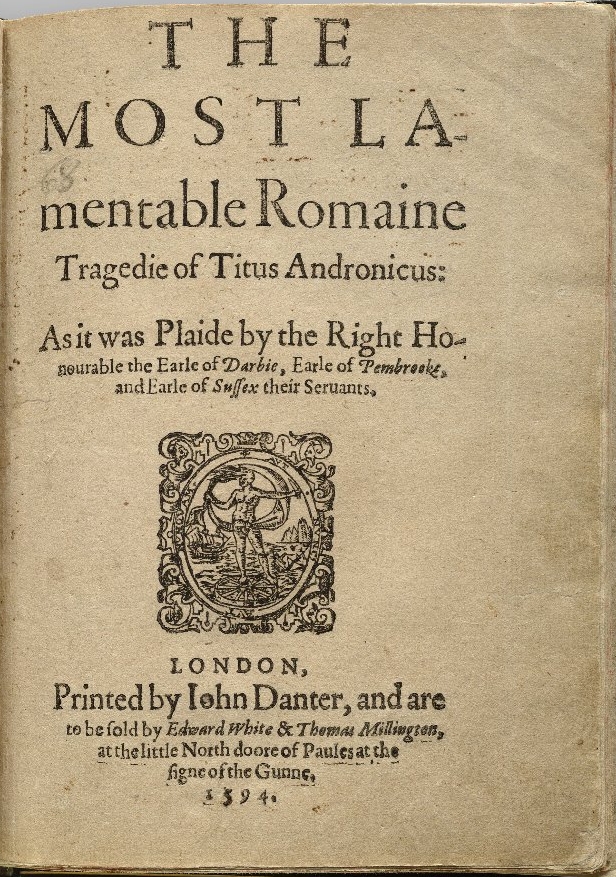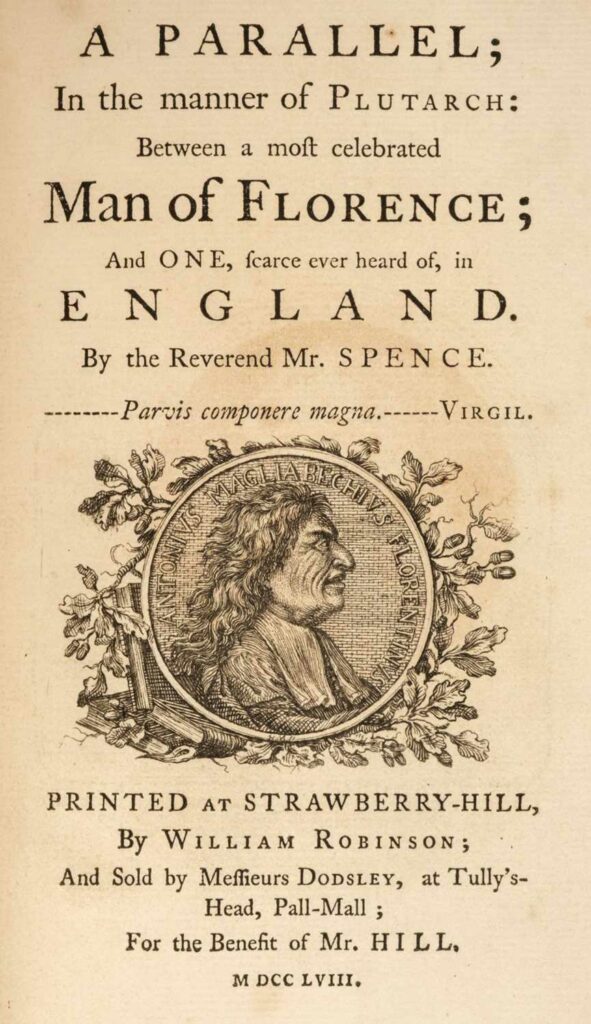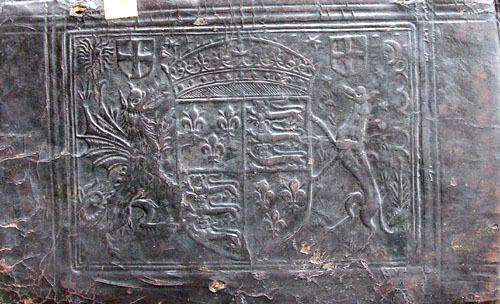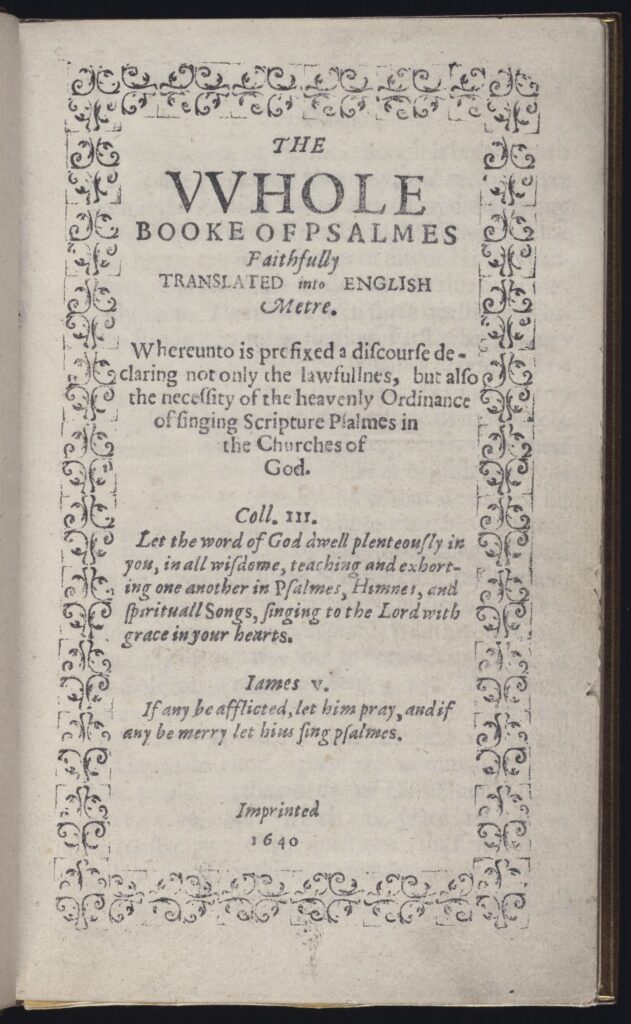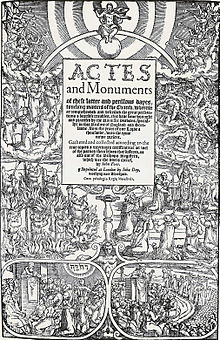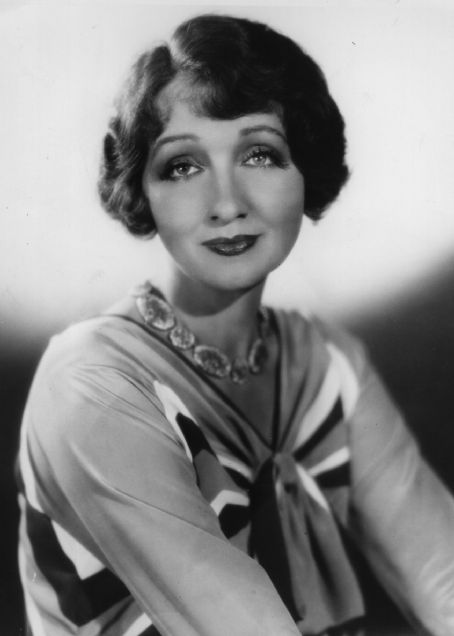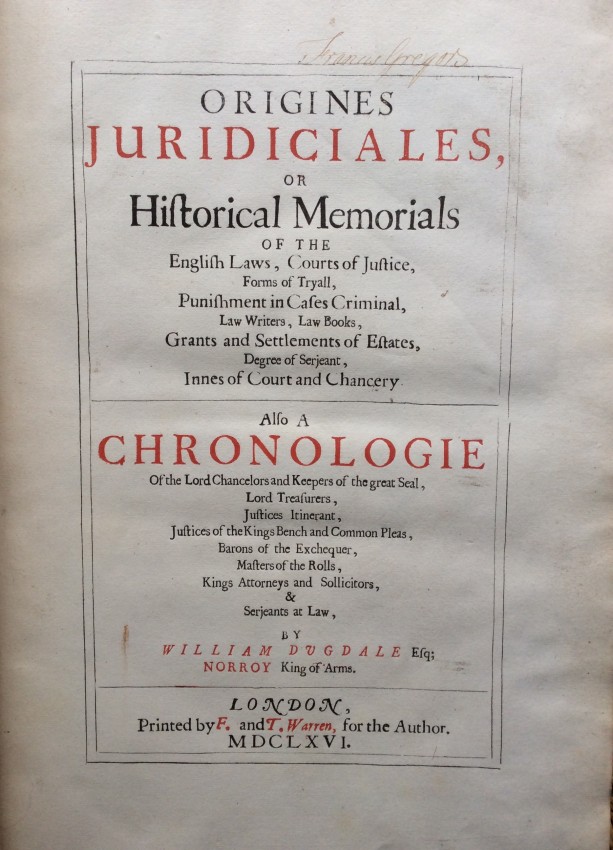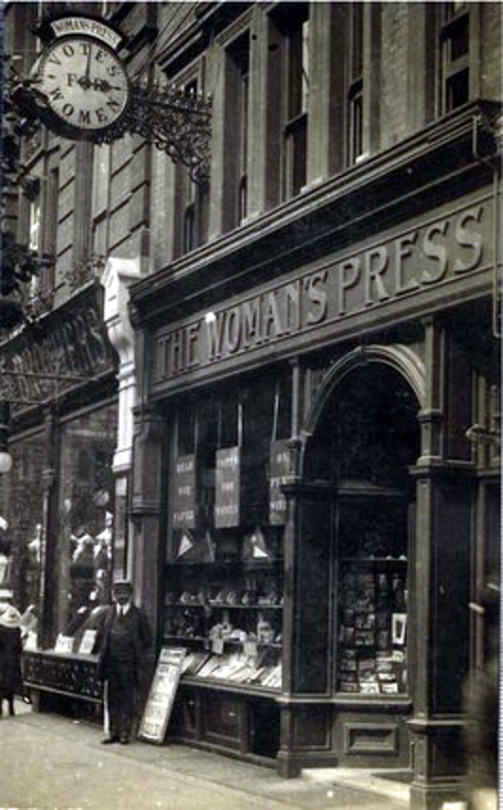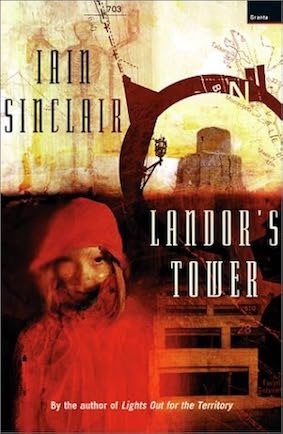
Found in a pile of books at Jot HQ, list 53 compiled by Iain Sinclair, the cult author of Downriver and Orbital to name but a few, when he was a bookseller. The catalogue is dated Autumn 1992, by which time he had already published several books, and is signed by him.
When I interviewed him for Book and Magazine Collector in 1999, I knew only a little about his tastes in literature. Had I obtained a copy of this, or any other of his lists, I should have gained much more and the interview would have been longer and more wide ranging.
Having said that, I was happy with the interview, which was a very early one, and so it seems was my companion, the poet, drinking pal , Loch Ness Monster expert and author of ‘ the Bar-room Bum from Brum ‘, Dr Paul Lester, who managed to stay almost silent ( quite a feat for him) throughout the interview. Later on, Sinclair disguised two other drinking pals of mine from Brum as ‘the Ketamine Creeps in one of his books.
But back to the list. The books for sale are listed and described under several heading, viz Cardinal & Corpse: Checklist of characters , the Quests: search for a story line, The Beats, Fellow Travellers, Counter Culture, Low Life, Pro Lit, Bohemian Excesses, Youth, JDs, Teen Style, London Novels and London Novelists, The Terrible Triad: Jazz, Drugs, Rocks, Luvvies, Losers, Legends, Film, Theatre, TV, Hollywood, PIs Hardboiled Crime, Mean Streets, Thrills, Mysteries, Spies, Romance, Sailors, Science Fiction, Fantasy, Horror, Gothic, Black Lit and Novels dealing with question of Race, London, Dimestore sex, Vietnam and other wars , Conspiracies, Comics, Bin Ends…
It seems to me that librarians, literary academics and especially dealers in rare books are well paced to become decent novelists, or in the case of Sinclair, discursive writers of fiction. They absorb so much information in their everyday lives among books that they have an advantage over others, including journalists, when it comes to communicating stories .Apart from Sinclair, there have been a few writers in the category of dealer or rare book expert. One thinks of Ian Fleming, for instance and perhaps most recently Joseph Connolly, who I’ve also interviewed. The catalogues of some of these dealers show that they are writers manqué. One thinks of that now dead dealer in modern firsts Peter Joliliffe, of Ulysses Bookshop, who, perhaps taking his cue from Sinclair, used to add rambling anecdotes and musings to his catalogue entries.
Continue reading
